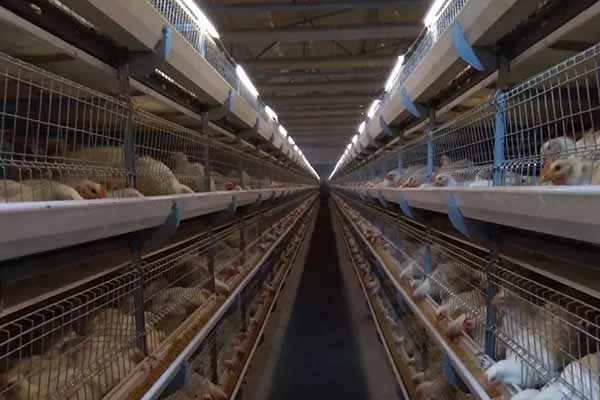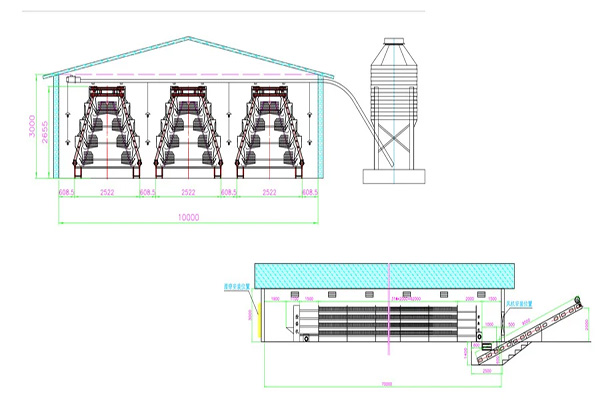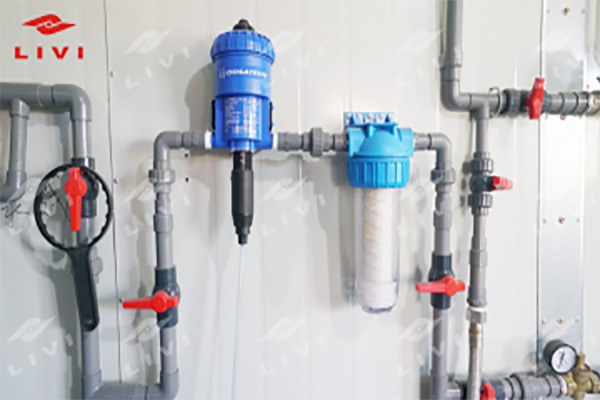Optimizing Poultry House Climate Control Installation: Essential Insights for Success
Climate control in poultry houses is crucial for the health and productivity of the flock. A well-installed climate control system can significantly improve the welfare of the birds, reduce mortality rates, and enhance egg production. This article delves into the key aspects of poultry house climate control installation, providing valuable insights for chicken farm owners and investors.

Understanding the Importance of Climate Control
The optimal temperature range for poultry is generally between 70°F to 75°F (21°C to 24°C), depending on the stag e of growth. Fluctuations in temperature can lead to health issues, reduced egg production, and increased energy costs. Here are some crucial points to consider:
e of growth. Fluctuations in temperature can lead to health issues, reduced egg production, and increased energy costs. Here are some crucial points to consider:
- Regulating temperature to prevent stress and disease outbreaks
- Controlling humidity to maintain air quality and prevent mold growth
- Monitoring carbon dioxide levels to ensure a healthy environment
Key Components of Poultry House Climate Control Installation
The installation of a climate control system involves several essential components:
- Heating Systems: Forced-air systems or radiant heaters can maintain the desired temperature.
- Ventilation Systems: Proper ventilation is necessary for air exchange, controlling humidity, and removing ammonia and other pollutants.
- Insulation: Good insulation in the walls, roof, and floors reduces heat loss and energy consumption.
- Humidity Control: Using dehumidifiers or evaporative cooling systems to manage humidity levels.
According to a study by the Poultry Science Association, farms with efficient climate control systems can reduce mortality rates by up to 10% and increase egg production by 5-10%.
Installation Best Practices
Here are some best practices to ensure a successful poultry house climate control installation:
- Plan and design the system carefully, considering the specific needs of your flock and the local climate.
- Choose high-quality equipment from reputable manufacturers.
- Ensure proper sizing and placement of heating, ventilation, and insulation components.
- Regular maintenance and monitoring are essential to k
 eep the system functioning optimally.
eep the system functioning optimally.
Conclusion
Investing in a reliable climate control system for your poultry house can yield significant returns. With the right installation and maintenance, you can create an ideal environment for your flock, leading to healthier birds and increased profitability.
Are you ready to improve your poultry house climate control? Contact us today for a free, customized poultry house design and equipment quote from LIVI Mechanical.




